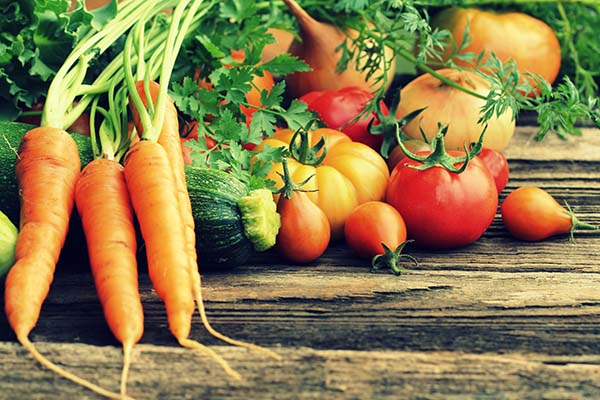
Climate Impacts of Shopping Choices

Have you noticed a carbon footprint label on your oat milk carton or box of tea bags? As more food producers and companies conduct greenhouse gas emission inventories of their supply chains, we can imagine a future where the climate cost of a tub of yogurt is displayed in the store next to the unit price. We’re not there yet — so here are some things to keep in mind as we consider the carbon footprint of our shopping choices.
Transport: How – and how far – does the product travel from where it is grown or produced to the store? Transport is a relatively small portion of the overall carbon footprint of products compared to how its produced, packaged and used. However, the mode of transportation makes a big difference. Trucked oranges from Mexico are a lot more carbon-intensive than oranges that travel twice the distance by ship from Chile.1 Buy local, seasonal produce and for maximum carbon footprint impact, avoid air-freighted, perishable produce such as asparagus and berries.2
Ingredients: What we eat matters more to the climate than where it comes from or how it’s packaged. Plant-based foods are less carbon-intensive than the most sustainably produced meat and dairy3. The carbon footprint of bananas from Ecuador is much smaller than Vermont-raised beef, transport included. Purchasing local beef, eggs, and dairy has substantial non-carbon benefits, such as supporting the local producers and farmers in our communities and increasing the resilience of regional food systems.
Packaging: What is the lifecycle of the packaging? Plastics are produced from fossil fuels, and the US plastics industry is a major emitter of greenhouse gases.4 Look for products with minimal packaging, plant-based materials, and post-consumer recycled materials. Bring our own containers to the bulk section. Bonus step: Call for extended producer responsibility (EPR) policies, which shift the burden and the costs of packaging waste from consumers to producers.5
Preparation: What do we do with the product after purchase? This is known as the “use phase.” For example, the largest slice of our tea bag’s carbon footprint may come from boiling the water so we can enjoy a hot beverage at home. Bonus step: Consider switching from propane to electric when it’s time to replace the kitchen stove. Removing propane-fueled stoves from our homes reduces greenhouse gas emissions and reduces indoor air pollution — a double win for our health.6
Climate change is a collective action problem. Individual consumer choices about our carbon footprint do matter — but are more impactful when paired with calls for transformational changes to our transportation, energy, and food systems.
By Amanda Sardonis of the Hunger Mountain Co-op Carbon Neutrality Committee
